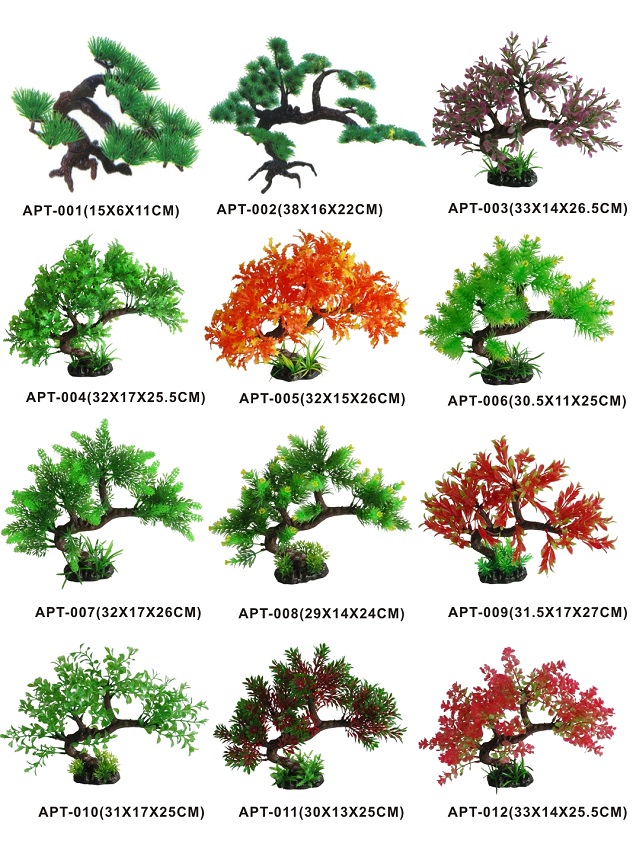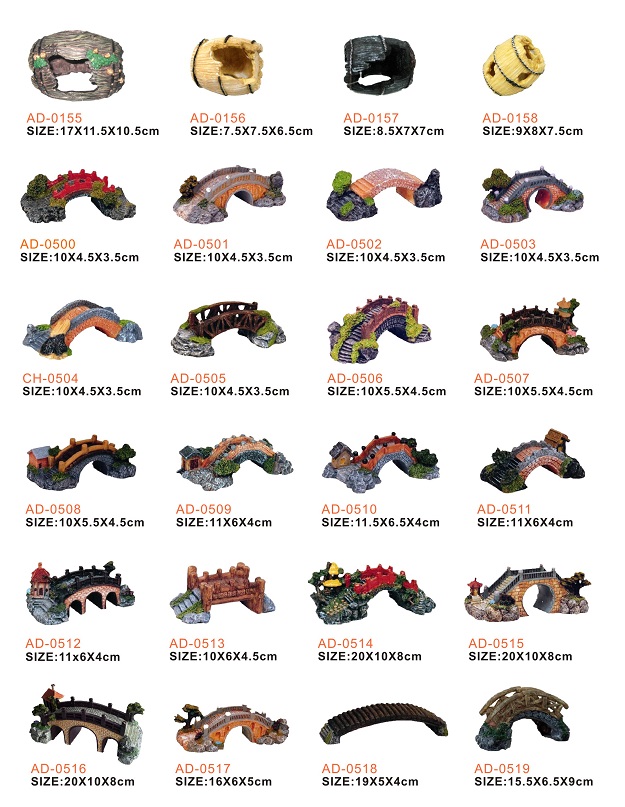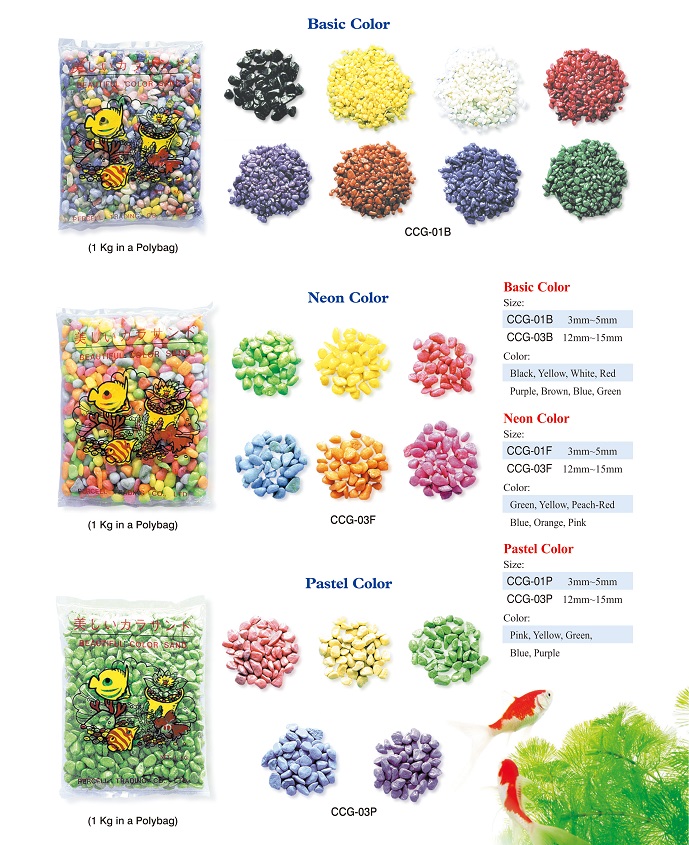Choice of inks With the rising popularity of environmental protection, as the main component of green printing, the environmental protection requirements for ink are also increasing. It can be said that environmental protection inks are the first issues that must be considered in ink development in the future.
First, the harm of ink to the environment
Ink is the largest source of pollution in the printing industry. The annual output of ink in the world has reached 3 million tons. Annual global emissions of organic volatile compounds (VOC) caused by ink have reached hundreds of thousands of tons. These organic volatiles can form a more serious greenhouse effect than carbon dioxide, and they can form oxides and photochemical smog under the irradiation of the sun, seriously polluting the atmosphere and affecting people's health. In addition, foods, toys and other packaging and printing ordinary ink heavy metals and other harmful components of the human body will also directly harm the health of consumers.
(1): Impact on human health
Printing inks consist of pigments, binders, solvents, and adjuvants. Among them, organic solvents and heavy metal elements cause serious damage to the human body.
There are two kinds of pigments in the ink - inorganic and organic, both are insoluble in water and other media, and has a distinctive color and stability.
Some inorganic pigments contain lead, chromium, copper, mercury and other heavy metal elements, which have certain toxicity and can not be used for printing food packaging and children's toys. Some organic pigments contain biphenyl rubber and have carcinogenic components and should be strictly prohibited.
Organic solvents can dissolve many natural resins and synthetic resins. They are important components of various inks, but some of them can damage human and subcutaneous fats. Long-term exposure can make skin dry and rough. If it penetrates skin or blood vessels, it can endanger people with blood. Hematocrit and hematopoietic function; being sucked into the airway, bronchus, lungs, or through blood vessels, lymphatic vessels to other organs, and may even cause chronic body poisoning.
Some inks have the toxicity problem of heavy metal ions. Pigments and dyes contain carcinogenic ingredients, which are harmful to human health.
In the printing of composite packaging materials, a large amount of ink, organic solvents and adhesives are used. Although these accessories do not have direct contact with the food, some toxic substances will migrate into the food during the process of food packaging and storage and endanger people's health.
Ethanol, isopropyl alcohol, butanol, propanol, butanone, ethyl acetate, butyl acetate, toluene, xylene and other organic solvents are often used in printing inks. Although most of these solvents can be removed by drying, residual solvents can migrate into foods and harm the human body.
Solvents used in gravure inks typically include butanone, xylene, toluene, butanol, and the like. Especially butanone, the residual odor is very strong. Because the pigment particles in the ink are very small and have strong adsorption power, they are heated and dried during printing, but due to short time and high speed, they often do not dry completely, especially the printed matter with large inked area and thick ink layer. Its residual solvent is more. These residual solvents are brought into the compounding process. After compounding, it is more difficult to run away and the permeation will slowly migrate. Therefore, the solvent residue must be controlled to a minimum.
(2): Impact on environmental quality
The problem of air pollution caused by the volatilization of solvents in the ink is the most serious with gravure ink, because it uses more VOC as a solvent.
Long-term exposure to high concentrations of VOCs will cause significant damage to the human body, especially the nervous system. VOCs will also react photochemically with nitrogen oxides in the air to produce ozone and fumes, causing atmospheric pollution. To reduce VOCs, there are two solutions for recovering and burning the discharged solvent, but many gravure machines are not equipped with such devices. In addition, the discharge of water-based cleaning ink and offset fountain solution can contaminate the water quality. The disposal of industrial waste such as printed materials and ink containers is also very tricky.
Two. The current major environmental protection ink
To meet the environmental protection requirements of inks, we must first change the ink composition, that is, use environmentally friendly materials to formulate new inks. At present, environmental protection inks mainly include water-based inks, UV inks, water-based UV inks, and some alcohol-soluble inks.
(1) Water-based ink
The biggest difference between water-based inks and solvent-based inks is that the solvent used is water instead of organic solvents, which significantly reduces VOC emissions, prevents air pollution, does not affect human health, is not easy to burn, ink is stable, colorful, and does not corrode Plate material, simple operation, low price, good adhesion after printing, strong water resistance, rapid drying, it is especially suitable for food, beverages, pharmaceuticals and other packaging printed matter, is the world recognized environmental protection printing material, is also the current all printing ink The only ink approved by the U.S. Food and Drug Association. At present, 40% of U.S. plastic printing uses water-based ink, and other economically developed countries (such as Japan, Germany, France, etc.) use more water-based ink in plastic film printing. In June this year, the United Kingdom enacted legislation to prohibit the printing of food films using solvent-based inks. According to relevant data, in the United States, water-based inks complying with the VOC regulations must reach the state of use of the ink composition, the proportion of volatile components is below 25%, the moisture content is above 75%, and the water with less moisture is in use, the non-volatile components are used. Above 60% of these two standards. Water-based inks are usually used for printing paper products including paper-plastic composite products. Characteristic is to meet the paper printing ink absorption, so that the print color full, more rare is the solvent is water and ethanol, the environment is small, known as green ink.
(2) UV curable ink
UV-curable (UV) inks are inks that use ultraviolet light of different wavelengths and energies to form and dry inks under ultraviolet light. Utilizing different UV spectra, different energy can be generated, and monomers in different ink binders can be polymerized into polymers, so the UV ink film has good mechanical and chemical properties.
The main advantages of UV inks are:
(1) No solvent;
(2) Fast drying speed and low energy consumption;
(3) good gloss, colorful;
(4) Water and solvent resistance, good wear resistance.
Photoinitiators in UV inks are compounds that are susceptible to photoexcitation. After absorption of light, they are excited into free radicals and the energy is transferred to photosensitive molecules or photocrosslinkers, causing UV inks to undergo photocuring reactions. At present, UV ink has become a more mature ink technology, and its pollutant emissions are almost zero. According to statistics, the annual output of UV inks is approximately 16,000 tons in Japan, approximately 18,000 tons in Europe and approximately 19,000 tons in North America. In addition to the solvent-free, UV inks also have the advantages of not being easy to paste, clear dots, bright and bright ink, excellent chemical resistance, and low usage. According to statistics, the flexographic printing UV ink used by the United States in 2000 has reached 3,500 tons.
(3): Water-based UV ink
Water-based UV inks are currently the new direction of UV ink research. Prepolymers in general UV inks are generally very viscous and need to be diluted with a reactive diluent. The currently used thinner acrylate compounds have different degrees of skin irritation and toxicity. Therefore, while developing low-viscosity prepolymers and low-toxic reactive diluents, another development direction is to study water-based UV inks, that is, water. Ethanol and other diluents. At present, water-based UV inks have been successfully developed and have been used in some printing applications. In addition, alcohol-soluble inks, which mainly play a role in flexo printing, are also very small-pollution inks. They are mainly used in food, medicines, beverages, tobacco, and daily-use packaging and printing that are in contact with the human body.
(4): Bio Ink
American scientists have long been working on a protein molecule called bacteriorhodopsin. Natural materials can often exhibit complications that cannot be easily obtained from fabricated materials such as semiconductors. Bacteriorhodopsin originates from an intense purple cell membrane called "halophilic bacillus salt" grown in saline swamps. Illuminating its protein can trigger a photochemical reaction circle. The principle is that the photochemical reaction circle transports protons along the channels surrounding the cell membrane. The purple color of this cell membrane originates from the bacteriorhodopsin component known as the "retina." Acetamic acid in the cell membrane channel strongly binds to the "retina." The dissolved "retina" does not bind with amino acid and is pale yellow. Two sets of lasers of different wavelengths are alternately irradiated onto the protein molecules, and the protein molecules can be switched back and forth between the purple structure and the yellow structure. It is this habit that motivates people to study and use it. It can be used as a photosensitive element in an analog retina, as a memory element in a germanium-based processing device or as a memory element in an optical computer, and its thin film can also change color in accordance with the conversion of an external electric field. In conventional bacteriorhodopsin, under the influence of different electric fields, a low contrast color change from purple to blue is formed. However, the bacteriorhodopsin structure produced by certain mutants changes from blue to light yellow under the action of a strong electric field. By sandwiching the protein film in a transparent plate combined with a large number of electrodes, a display plate can be made. Applying appropriate voltages to different parts of the film can "write" a page of text or "place" an image. Just like ink, images on the bacteriorhodopsin display can also be seen under normal light. Moreover, the color transition time can be accelerated to 200μm.
At present, the main difficulty faced by the entire development work is the need to consume hundreds of volts of electric field to stimulate its color transformation. Researchers are working hard to conduct research in this area and expect breakthroughs.
(5) New environmentally friendly ink "Opis100"
Osaka-based Printing Ink Co., Ltd. has recently introduced a new type of environmentally-friendly ink “Opis100â€, a sheet-fed offset printing ink that conforms to the Green Mark certification standard revised by the Japan Environment Association at the end of last year and has the following characteristics:
a: Conforms to the newly revised green label "Lizhi Ink V-2" standard;
b: won the American Soybean Association;
c: Meet the environmental standards of the Japan Printing Industry Association;
d: meet GPN's ordering guidelines;
e: 100% vegetable oil ink based on soybean oil;
f: VOC content is less than 1%;
g: good stability and transferability on board;
h: good rub resistance, gloss, and hair color;
i: The fountain solution has good adaptability;
k: easily biodegradable and deinking;
l: Good fusion with UV-OP varnish, better gloss;
m: Excellent printability for double-sided 8-color machines.
The cost of the ink is low (same grade), and the printing speed is fast (fast drying), and the high price advantage in the market competition is very popular for printing units.
Due to the cost of ink and environmental ink, the disparity in printing efficiency, the majority of domestic printing units use ink. Because customers do not know ink, one chooses a price advantage ink often do not know their health is being threatened!
Fish tanks can be decorated with different products, and with simple and beautiful aquarium decorations, fish tanks can be eye catching and also become an art for your home and office.
We offer many different types of aquarium decorations, one major category is plastic aquarium plants, in many sizes from the small plants of 3", 4", 5", 6", medium of 8", 10", 12", 14", to large of 16", 18", 20", and 22". You can find the different imitation of the real plants of the world in our range. There is assortment of silk aquarium plants for you to choose from as well.

Another major category of Aquarium Decoration we carry is polyresin aquarium decoration that are the miniature of different buildings, objects such as ships, bridges, water mills, castles, trees, stones, and underwater creatures. They are hand-painted with skilled workers that look just liked the real thing. We have hundreds of designs for you to choose from, so you can always find something you like from the range. OEM designs are welcomed as well.

We also carry natural, colored stones and glass marbles in our range. Basic aquarium decorations that we will need for the start of the tanks. They come in different patterns and sizes for natural stones. Great way to make your tank look liked the natural environment for your fishes. Colored stones on the other end are great if you like a strong colorful base for your tanks. They make your tanks look a lot interesting and fun. Glass marbles are great for small tanks to use, translucent colors are pretty in water.


Aquarium backgrounds are the simplest way to decorate your tank`s background. We have many different types of scenery for you to choose from. They also come in different heights so you can choose the correct size for your tank easily. They come in a roll of either 15meters or 25meters depending on the height you have.

ABOUT US
PERCELL PET is established in 1978 with offices located in Taipei, Taiwan and Guangdong, China. Currently, Percell Pet partners with more than 49 distributors around the world and carries thousands of quality pet supplies for dogs, cats, birds, fresh and salt water fishes, reptiles and small animals, like rabbits and ferrets, etc from Taiwan and China.
We supply popular and classic pet products around the world and also OEM products at your needs.
- FLEXIBLE IN ORDER VOLUME, orders can be done in LCL or full container, MOQ can be discussed accordingly.
- COMMUNICATION, staffs are fluent in written English with in time replies.
- SERVICE, provide help and solutions to your sourcing in Taiwan and China.
Aquarium Decoration
Aquarium Decoration,Fish Aquarium Decoration,Reptile Aquarium Decor,Resin Aquarium Decoration
PERCELL PET SYSTEM CO., LTD , http://www.percell-pet.com